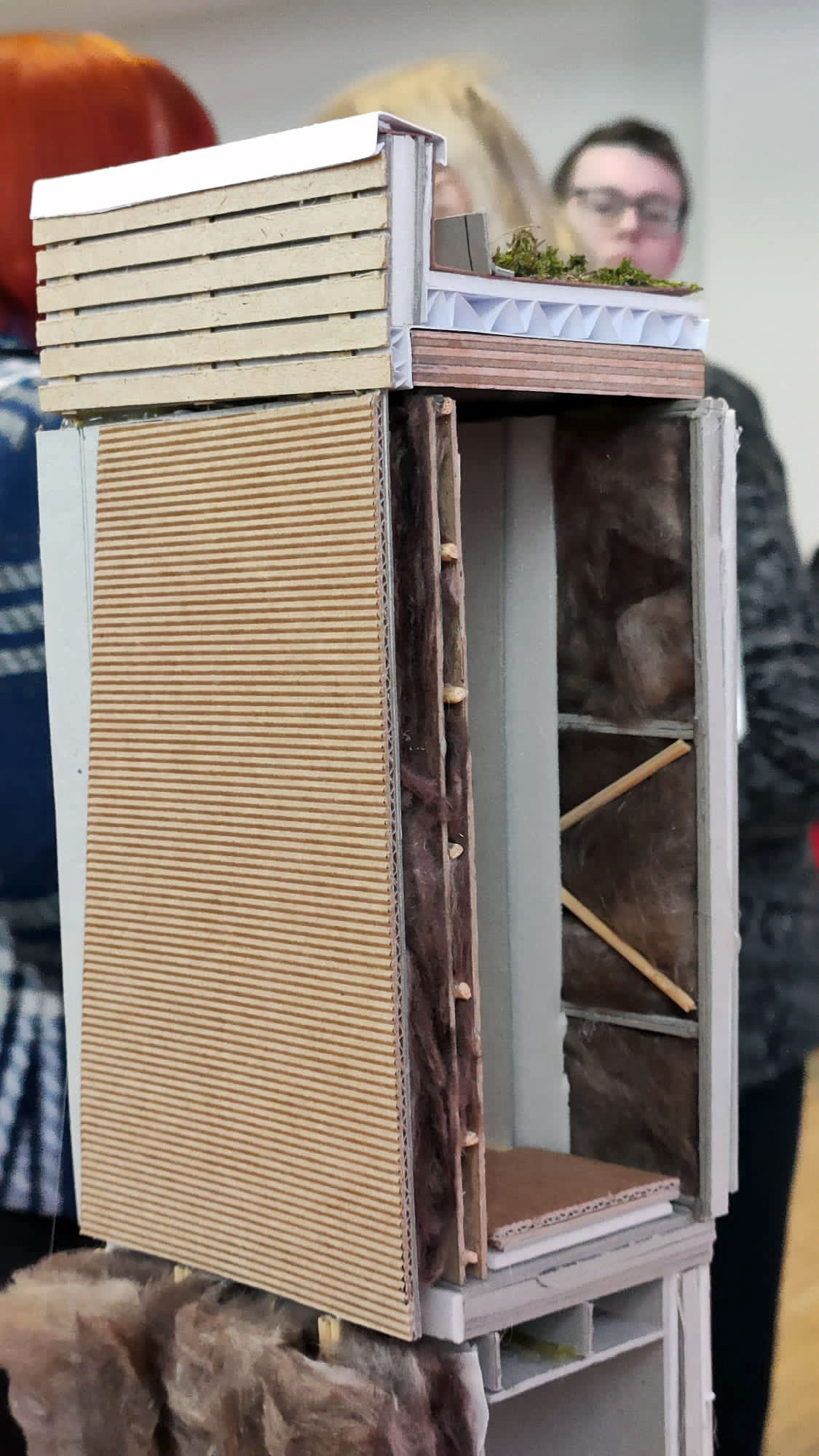Course 4 - Building Site Management and Building Process with Timber

Introduction
This course focuses on the management aspects of timber construction
projects, covering the entire construction process from mapping and correlation
of parameters to logistics, cost estimation, digital processes, and
sustainability considerations. Participants will learn about the installation
chronology of load-bearing construction elements on the building site, moisture
management, cost estimation for building life cycle assessment, BCF (Building
Information Modeling, Construction, Facility Management) workflows, logistics,
and best-practice examples of large-scale international timber projects. The
course also emphasizes the importance of sustainability concepts, including
recyclability and dismantling strategies with timber.
Learning objectives:
By the end of the course, the students will be able to:
- Map the timber construction process, understand its stages, and identify the key parameters that impact the project's success.
- Understand the installation chronology of load-bearing construction elements on the building site and ensure proper sequencing for a smooth construction workflow.
- Estimate costs for building life cycle assessment, considering dimensions, transport, montage, logistics, and the overall economic viability of timber construction projects.
- Understand sustainability concepts related to timber construction, including recyclability and dismantling strategies, and integrate them into project planning and execution.
- Understand the management of timber construction projects, while considering environmental, economic, and logistical factors.
9. Best-practice examples of large-scale international projects in timber (Holzbau presentation)
As a company in the timber industry, understanding and showcasing
best-practice examples of large-scale international projects hold
immense significance in our corporate presentations. These examples
serve as powerful illustrations of our commitment to sustainability,
innovation, and responsible business practices.
Highlighting best-practice examples of large-scale international timber
projects in private company presentations is not just about showcasing
achievements; it is about sharing our vision for a sustainable and
innovative future. By inspiring trust, promoting sustainability,
encouraging innovation, and supporting industry growth, we can position
ourselves as leaders in the timber sector and actively contribute to a
better world.